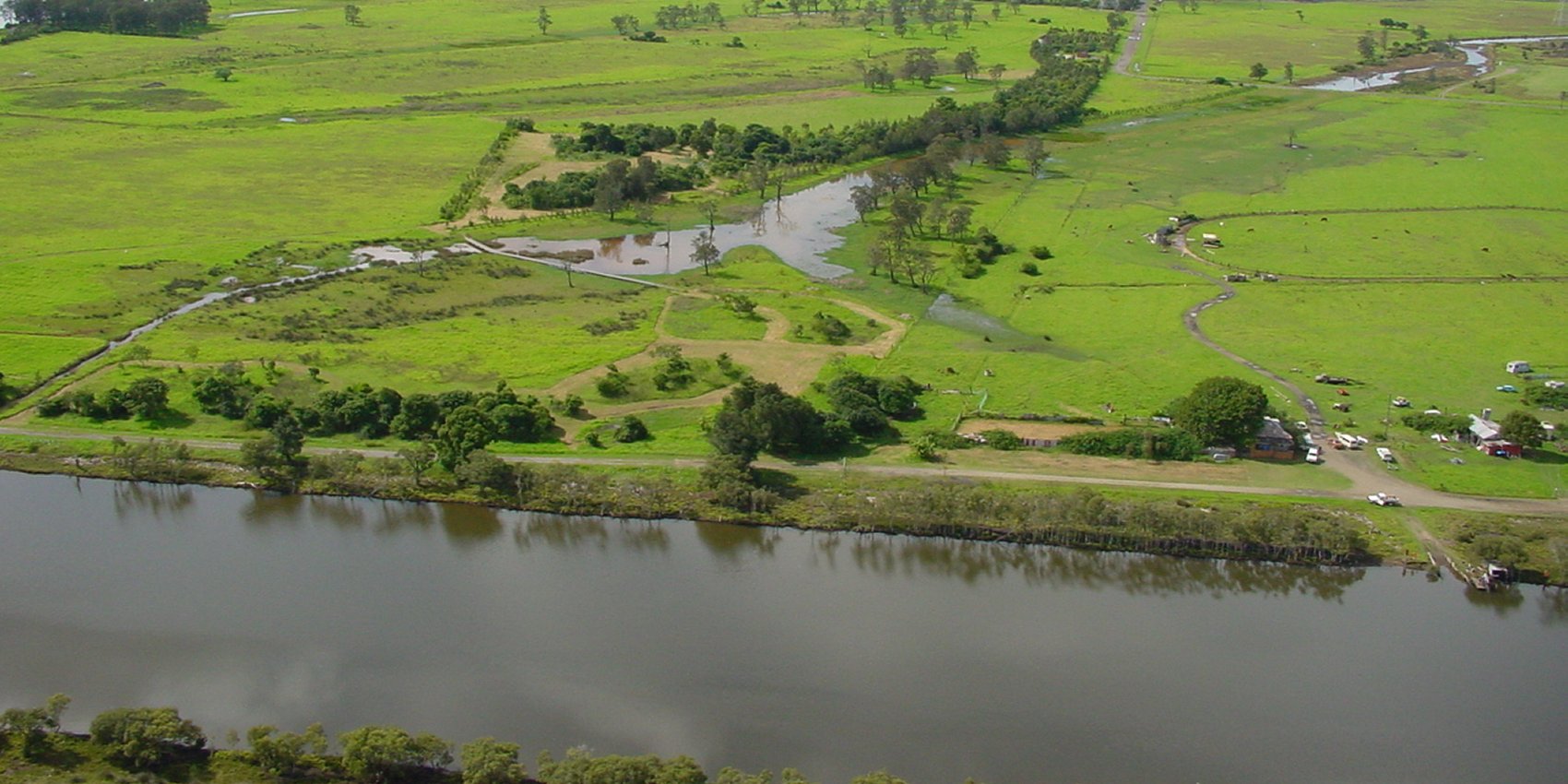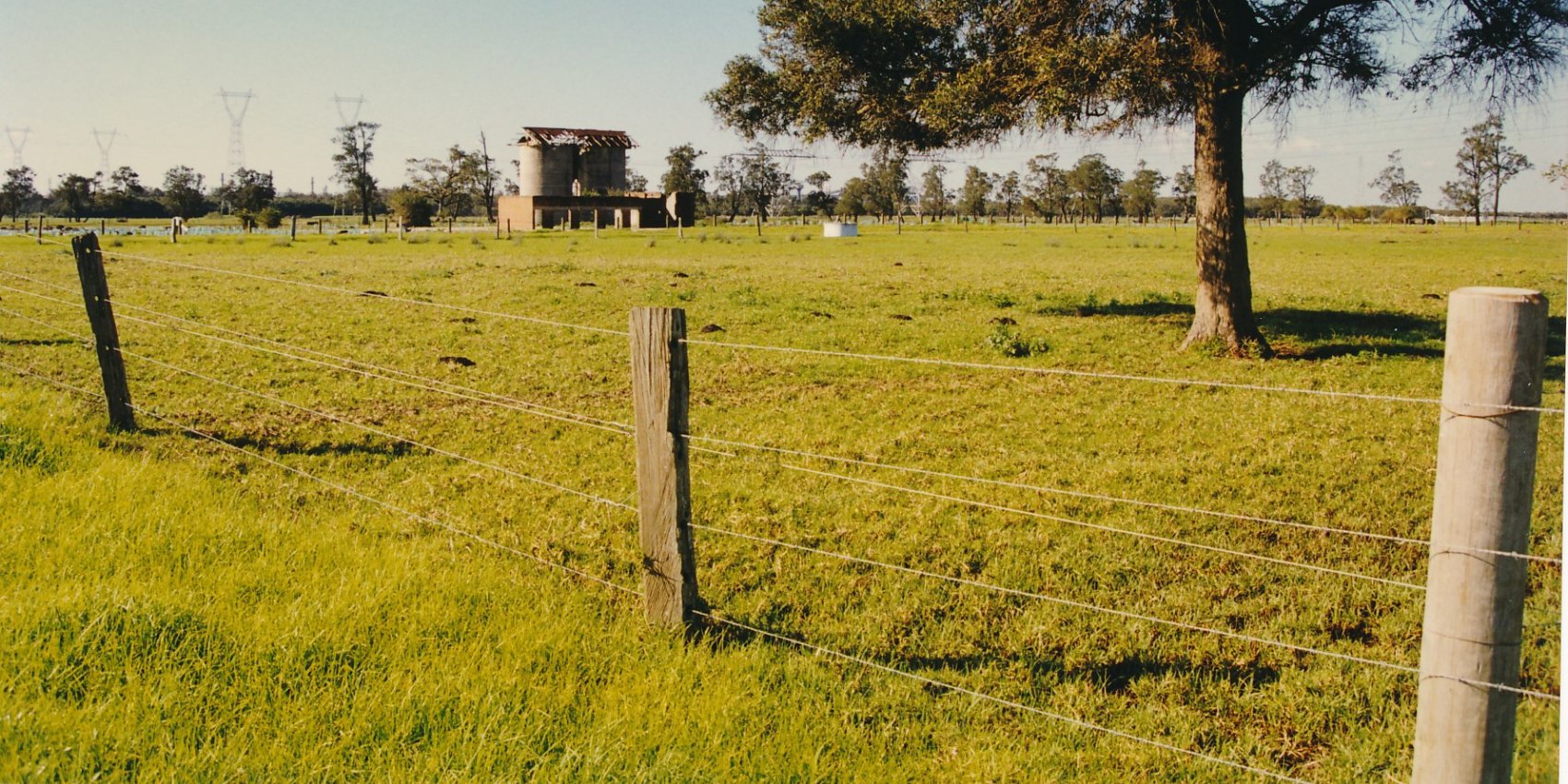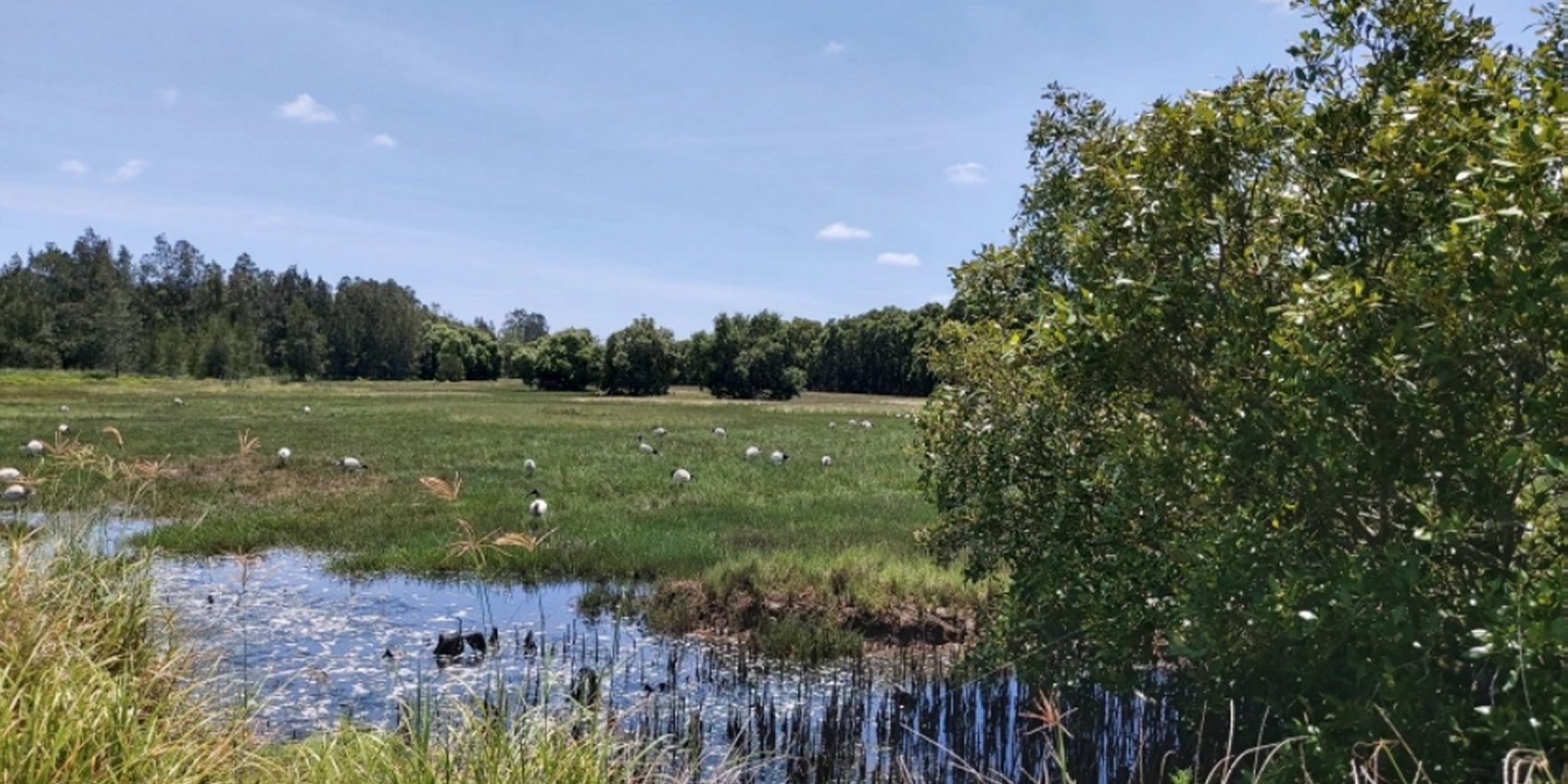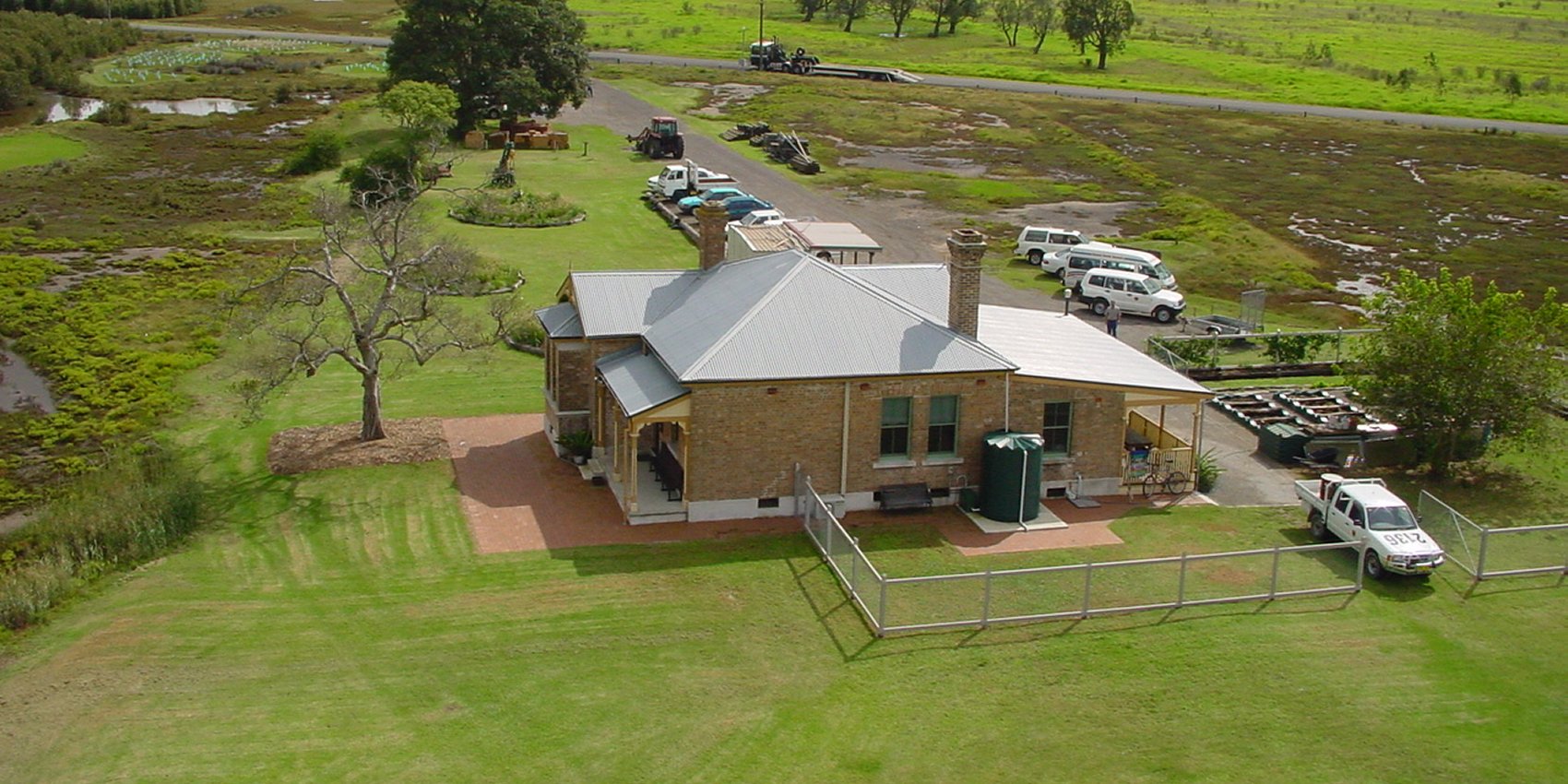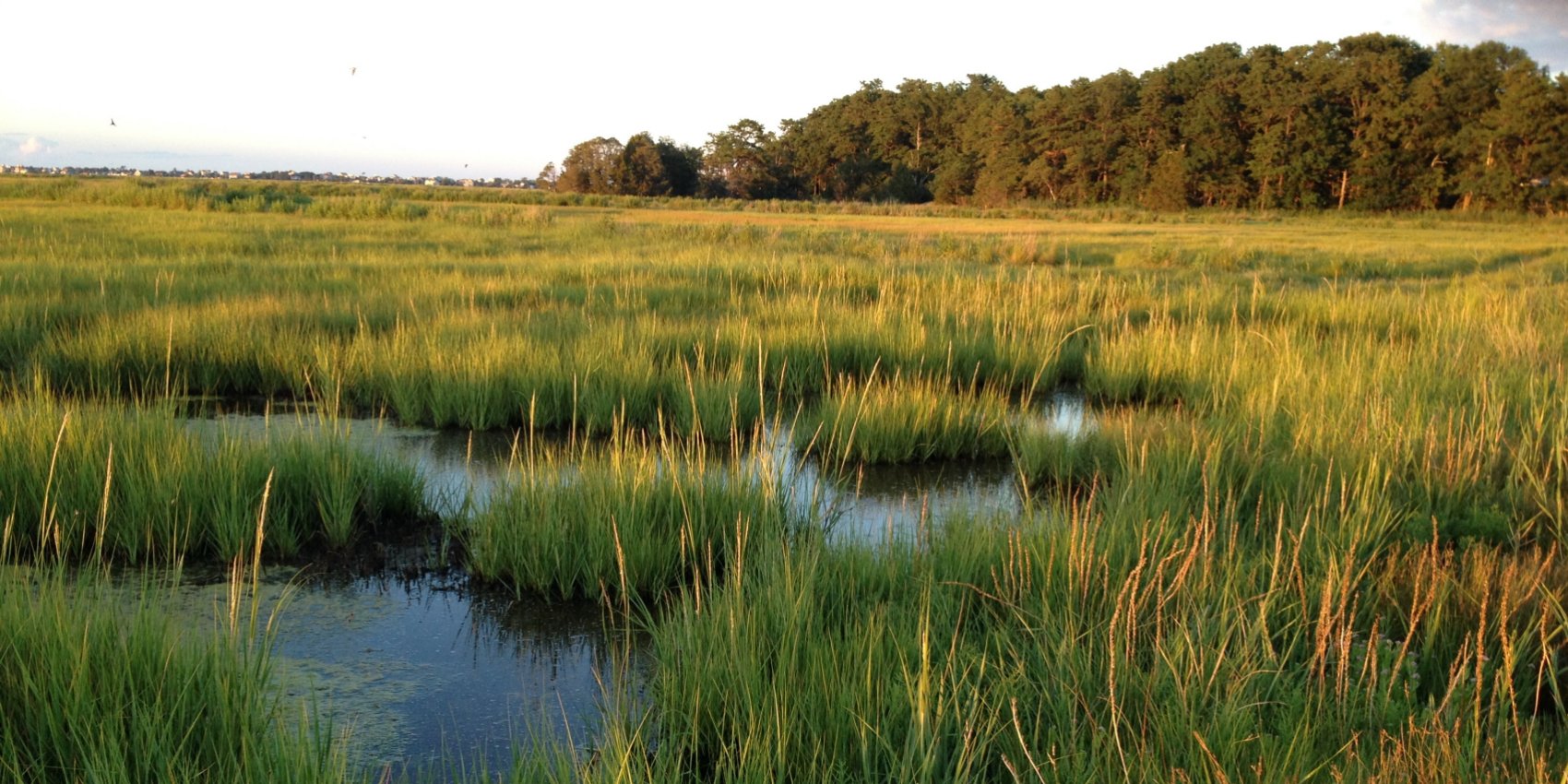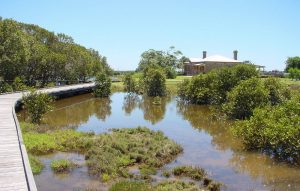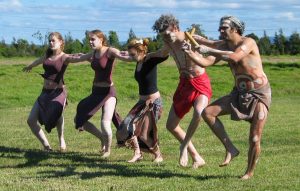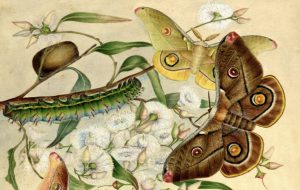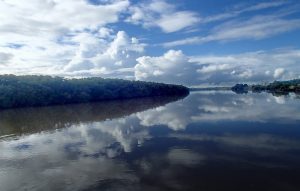Information
Ash Island is the northern section of one island formed by joining most of the estuary islands into one in the 1960s. the southern section is Kooragang and is intented for industry.
Heritage
For thousands of years the Worimi and Awabakal people hunted, gathered and cared for the fish food resources on Ash Island and other islands in the estuary of the Hunter River.
A.W.Scott
Alexander Walker Scott (1800 – 1883), entomologist and entrepreneur, born 10 November 1800 in Bombay, India, son of Dr Helenus Scott and his wife Augusta Maria Frederick
 Visit Ash Island
Visit Ash Island
Kooragang Wetlands
A great place to see restoration of fisheries, shorebird, frog and rainforest habitat.
Walk, cycle, picnic, fish, birdwatch, discover the past.
Aboriginal Heritage
Natural resource managers can learn about sustainable care of the environment from Aboriginal culture.
Scott Sisters
Over the last three decades Alexander Walker Scott’s daughters, Harriet and Helena, referred to largely as “The Scott Sisters”
The Schoolmasters house has local heritage significance. It was built in the mid 1890s to house the schoolmasters who administered and taught at the Ash Island Public School located a short walk to the west. The house has stood through floods, been the home for many tennants and during World War II was leased by the RAAF.
Surdily built of double brick, the house has Baltic Pine ceilings, tallowwood floors, cedar doors and windows, and three marble fireplaces. Significantly it is the last of the buildings on the the islands in the estuary still standing on its original footprint. When the last tenant left the house in 1997 it underwent restoration to return to its near original condition.
Read More
